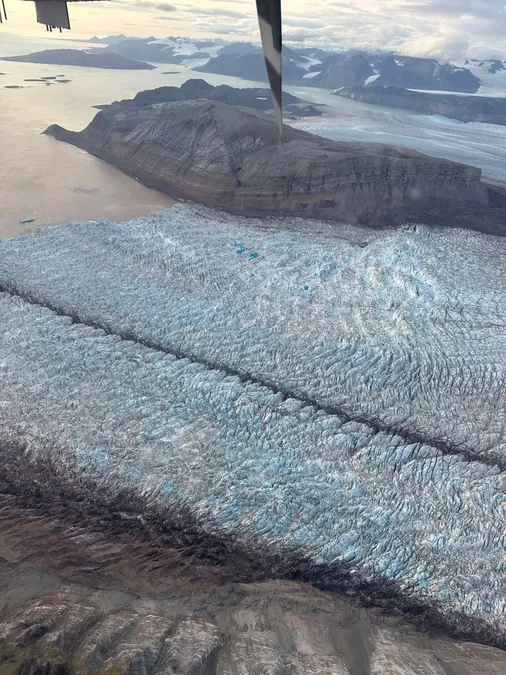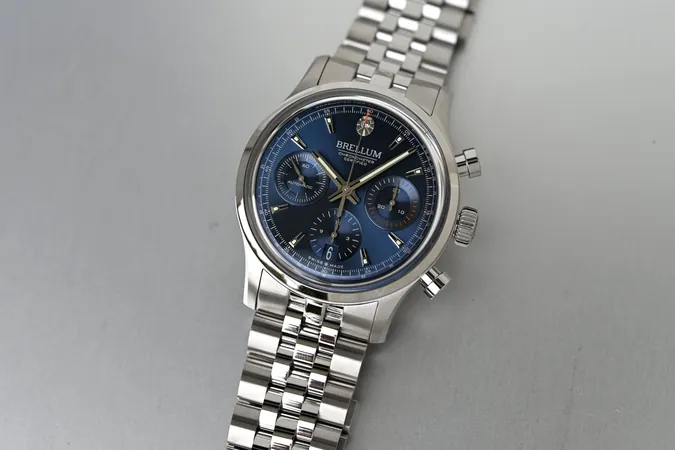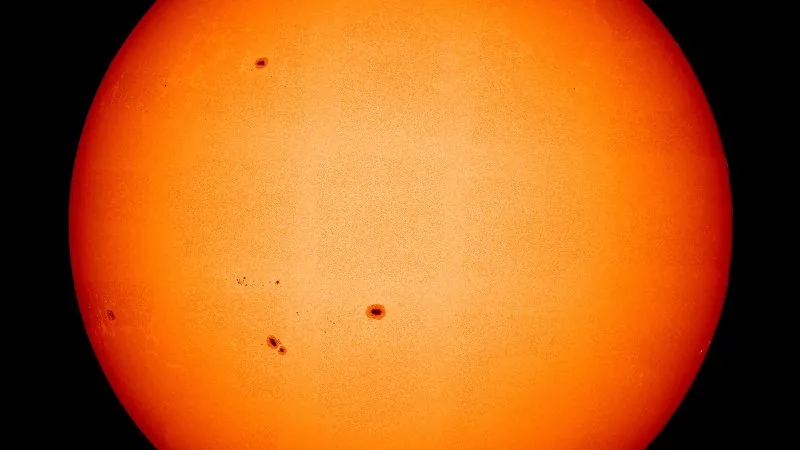
The Race Against Time: Sentinel-1 Unveils Alarming Arctic Glacier Retreat
2024-11-19
Author: Li
Introduction
As temperatures in the Arctic soar, the marine-terminating glaciers, particularly in regions like Svalbard, are exhibiting alarming rates of retreat and increased calving. This phenomenon poses a substantial threat not only to local ecosystems but also contributes significantly to global sea-level rise, raising concerns for coastal communities around the world.
The Space for Shore Project
The European Space Agency's (ESA) innovative Space for Shore project harnesses cutting-edge radar data from the Copernicus Sentinel-1 mission to provide detailed, year-over-year insights into these critical changes in glacier dynamics. By focusing on areas like Kongsfjorden, where numerous glaciers are visibly receding, scientists are beginning to paint a clearer picture of how swiftly these colossal ice masses are changing.
Understanding Calving
Calving, the process where chunks of ice break away from the glacier terminus and fall into the water, is increasingly frequent. Understanding this complex process, especially in vulnerable Arctic environments, is essential for predicting its future impacts. A recent collaboration between French and Norwegian researchers through the Space for Shore initiative has utilized over a thousand radar image acquisitions from Sentinel-1 to meticulously monitor the evolution of Svalbard's coastal glaciers since 2015.
Revelations from Radar Data
Analysis of the radar data has been revelatory. By tracking glacier front lines during the summer months—when calving events peak—researchers identified significant shifts in glacier behavior. With the aid of synthetic aperture radar (SAR) technology, Sentinel-1 is able to capture high-resolution data even in the harsh Arctic climate, ensuring continuous monitoring year-round.
Major Findings
One major finding involves the identification of summer glacier fronts, determined by areas where the glacier extent remains stable 95% of the time from July to September. Moreover, the research team has established a reliable proxy for assessing summer calving intensity by monitoring the radar reflections from floating icebergs and smaller ice fragments known as growlers. An increase in these floating ice masses signifies more vigorous calving activities, directly indicating glacier health and stability.
Kongsfjorden Observations
In Kongsfjorden, glaciers like Kronebreen and Kongsvegen have been exhibiting significant changes. Through meticulous analysis, researchers generated animations from daily Sentinel-1 observations, illustrating the evolution of glacier, iceberg, and growler distributions in Kronebukta (Krone Bay) from 2015 to 2023.
Expert Insights
Project lead Manon Tranchand states, “Our findings provide essential insights into the current transformations occurring in Arctic glaciers, forming a critical basis for anticipating the future impacts of climate change in these delicate regions.”
The Launch of Sentinel-1C
Moreover, with the imminent launch of Sentinel-1C, scientists are optimistic that this enhanced technology will bolster their efforts to monitor the glaciers with unprecedented detail. Expected to provide improved radar imaging capabilities, Sentinel-1C will be a game-changer in climate research, delivering crucial year-round data on glacier conditions and calving rates, even amidst challenging Arctic weather.
Broader Implications
The implications of these findings extend far beyond the Arctic. As these glaciers continue to retreat, the resultant ice loss is likely to have profound effects not just on local ecosystems but also on global sea levels, sparking a rising urgency for comprehensive climate initiatives worldwide. The race against climate change continues, and the data gathered from Sentinel-1 and Sentinel-1C could provide the critical information needed to navigate this pivotal moment for our planet.



 Brasil (PT)
Brasil (PT)
 Canada (EN)
Canada (EN)
 Chile (ES)
Chile (ES)
 España (ES)
España (ES)
 France (FR)
France (FR)
 Hong Kong (EN)
Hong Kong (EN)
 Italia (IT)
Italia (IT)
 日本 (JA)
日本 (JA)
 Magyarország (HU)
Magyarország (HU)
 Norge (NO)
Norge (NO)
 Polska (PL)
Polska (PL)
 Schweiz (DE)
Schweiz (DE)
 Singapore (EN)
Singapore (EN)
 Sverige (SV)
Sverige (SV)
 Suomi (FI)
Suomi (FI)
 Türkiye (TR)
Türkiye (TR)